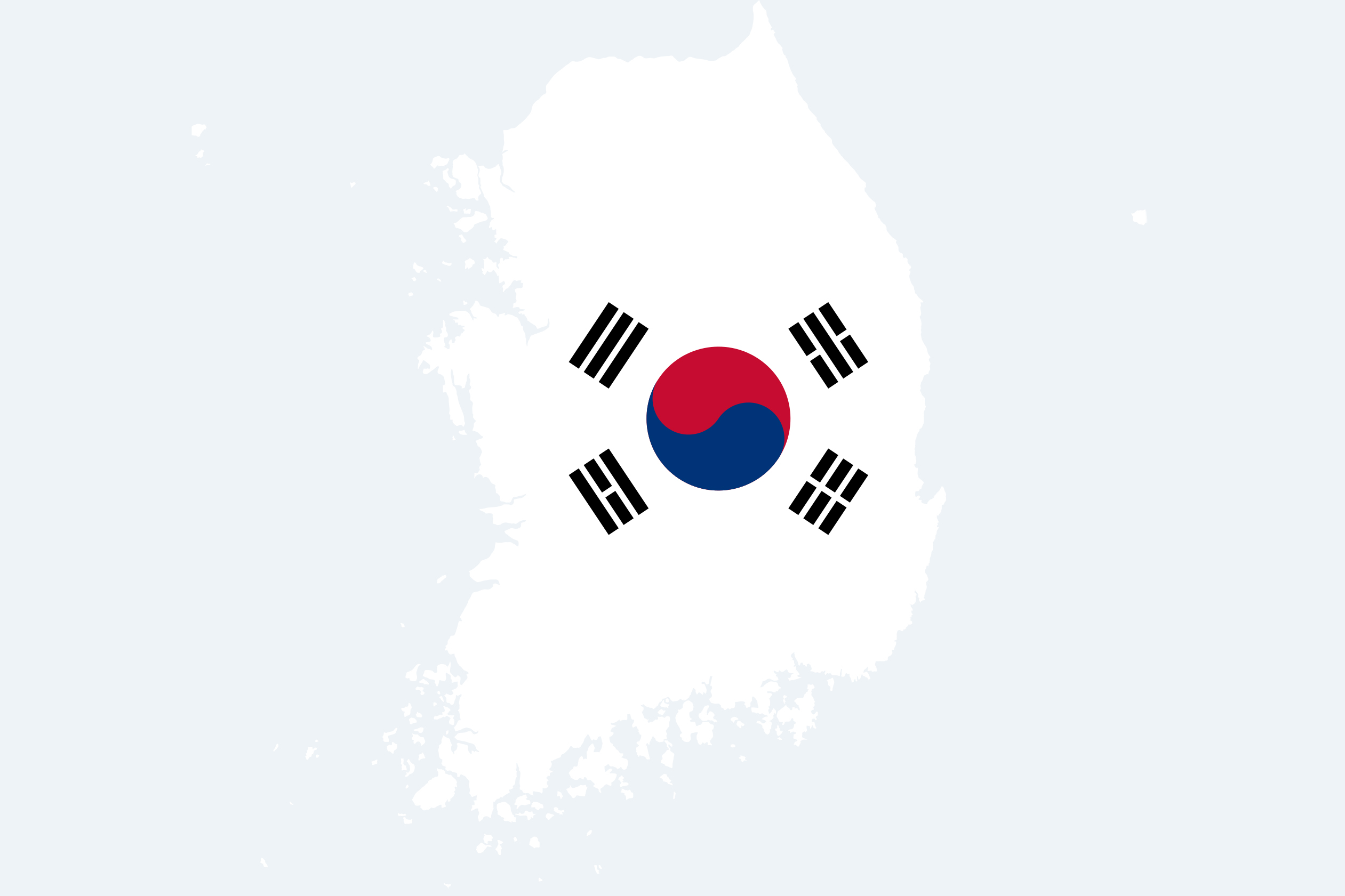The ongoing geopolitical tensions in the Middle East are driving freight rates for container ships to their highest level in around two years.
An end to this price trend is currently not in sight, according to a study by the world’s leading credit insurer Allianz Trade. After falling every week for three months in a row at the start of the year, freight rates have soared again since May – to their highest level since August 2022.
Average freight rates for a forty-foot container (FEU) have more than doubled (+121%) to US$5,901 since the beginning of the year and almost quadrupled (+297%) compared to the previous year.
Crisis in the Red Sea keeps freight rates at a high level
“The Middle East conflict and, above all, the attacks by the Houthi rebels on ships in the Red Sea are the biggest price drivers for freight rates,” says Maria Latorre, industry expert at Allianz Trade. The extended transit times have disrupted supply chains and times, ports are sometimes overloaded and ships are booked up far in advance.
Rising demand and the resulting tentative recovery in global trade are also contributing to transportation costs. However, these only account for around 15% of the increase and, therefore, a smaller proportion than the conflict in the Red Sea.
On the other hand, oil prices, which were the main driver of high freight rates in 2022, have fallen significantly since their peak at the time and no longer contribute to the rise in freight costs.
“As long as the tensions in the Middle East and especially in the Red Sea persist, experts expect costs to remain high – but also good earnings for container shipping companies. Together with the hotel industry, shipping is the sector with the highest upward profit corrections this year,” says Allianz expert Latorre. On the other hand, however, there is also a high need for investment.
Asian transports significantly more expensive than transatlantic transports
The development of freight rates varies greatly from region to region: rates from Europe to the USA (Rotterdam-New York), for example, have risen by just 30% since the beginning of the year. Rates from China to Europe (Shanghai-Rotterdam), on the other hand, have increased almost fivefold (+383%).
Forty per cent of EU imports come from Asia and almost a quarter (22%) from China. Before the pandemic, this figure was 16%. “The dependency has therefore increased further and with it the impact of such sharp increases in freight rates on local companies.”
The expected recovery in profit margins in the second half of 2024 is therefore at risk in some sectors, the report continues. This primarily affects mechanical and plant engineering, the automotive industry, household appliances, electronics and clothing.
Allianz predicts growth of 3.6% for global trade
Overall, at +3.6% in volume, global trade this year should make up for last year’s losses (-0.7%) and pick up in the second half of the year. China, in particular, is stimulating global trade: the Chinese trade surplus continued to rise despite geopolitical tensions and tariffs on Chinese exporters, reaching an unprecedented level of US$99bn in June.
Contrary to general expectations, Chinese exports rose by 8.6% last month to a total value of US$307.8bn. Steel, household appliances, ships and automobiles were the fastest-growing categories. “In fact, Chinese car exports recorded a remarkable boom in June with a whopping 29% increase,” says Latorre.
However, other Asian countries are also contributing to the upturn in trade. South Korea’s export volume index grew by +2.6% in June, a similar pace to India’s, while Taiwan’s exports rose by +23.5% year-on-year, with trade in computers, electronics and semiconductors increasing significantly.














